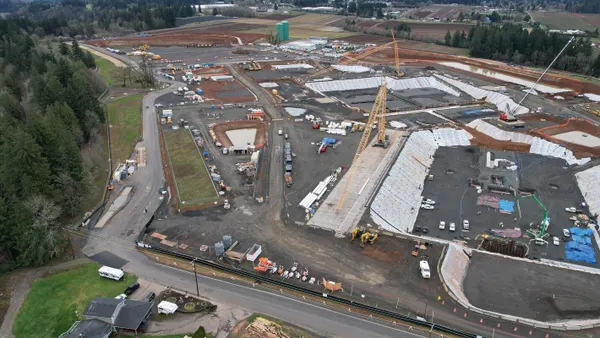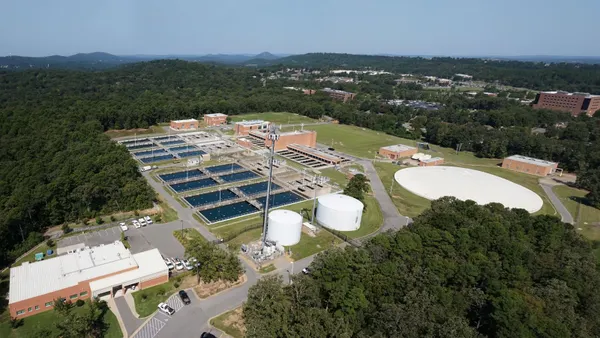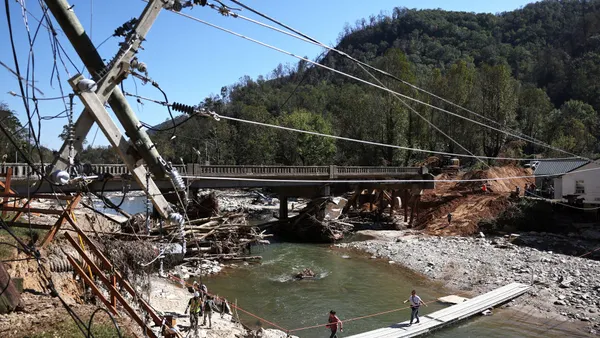Dive Brief:
- Along the Atlantic and Gulf coasts, roughly 6.9 million homes face potential damage from hurricane storm surges, according to CoreLogic. Reconstruction cost values for that damage would top $1.5 trillion.
-
Florida leads states with the most at-risk homes — nearly 2.8 million — followed by Louisiana at 808,000.
- Among cities, Miami leads with 784,773 homes at risk, followed by New York at 723,183. However, the latter city has a higher reconstruction value, at $264.3 billion, than does Miami, at $143.5 billion.
Dive Insight:
During hurricanes, the area immediately around the eye and the wind typically make headlines, but the storm surge is often the most dangerous. Since 1970, storm surges were responsible for half of deaths related to hurricanes, including 1,200 deaths resulting from Hurricane Katrina, in 2005. Accordingly, the National Weather Service is implementing a separate set of weather alerts for storm surges.
In 2012, Hurricane Sandy, a mere Category 1 hurricane, had such a severe storm surge that it devastated communities across New Jersey, New York and the other East Coast states in its path. All told, it caused $50 billion in damages in the U.S. to become the country's second-most-expensive storm since 1900.
Using computer simulations, researchers from Princeton University and Rutgers University have predicted that flooding events at the scale of those spurred by Sandy are likely to be more common in the near future, with a potential frequency as high as 17 times by 2010.
The Hurricane Sandy Mitigation Assessment Team following the October 2012 hurricane recommended 47 updates to building codes and standards to better protect homes and buildings from future storms, with 28 at least partially implemented by 2014.
Following Sandy, FEMA revised some of its flood plain maps in the affected areas, requiring some homes to be raised above base flood elevation. Further revisions to the flood insurance rate maps have raised concerns among developers and property owners.
Increasingly, builders are adopting best practices for resilient construction, which include tactics to protect against wind, floods and fire.












